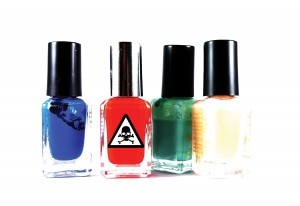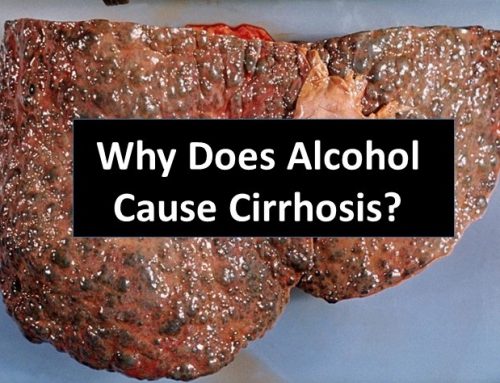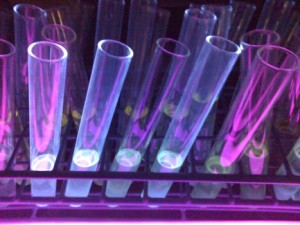Recently, the news revealed the plight of nail salon workers. Part of the concerns involves the deleterious health effects associated with the continual exposure to certain chemicals found in nail polish. In fact, a number of studies have found that cosmetologists, including manicurists, hairdressers, and makeup artists, suffer from elevated rates of death from Hodgkin’s disease, low birth-weight babies, and multiple myeloma. This fact begs the questions: What are these chemicals? What is their purpose in nail polishes? Finally, why have they not been banned from cosmetics if they can cause health problems?
Although nail polish contains many different chemicals, the three are of particular health concern are toluene, dibutyl phthalate (DBP), and formaldehyde. Essentially, nail polish is a polymer resin, dissolved in solvents, along with color pigments. After the solvent evaporates, a hard polymer film that sticks to the nail’s surface remains. This is why a drying period is usually necessary after applying nail polish. Although toluene is generally found in paints and paint thinners, it is one of the solvents commonly used in nail polish formulation. The Environmental Protection Agency claims that over-exposure to toluene can cause dizziness and can impair kidney function. DBP is added to some nail polishes as a plasticizer. Plasticizers are relatively small molecules, which imbed themselves in the polymer matrix of the hardened nail polished. This inhibits the ability of the polymer molecules to stick to each other, which makes the nail polish softer, less brittle, and less apt to chip. Plasticizers are widely used in plastic products, so exposure to plasticizers is of great concern to consumers due to their negative health effect. In California, DBP is listed as a suspected teratogen (affects developing fetuses), and it was permanently banned from children’s toys in concentrations of 1000 ppm or greater. Lastly, nail polishes can contain formaldehyde as a preservative to kill microorganisms. Best known for its use as embalming fluid, National Toxicology Program labeled formaldehyde as a human carcinogen in 2011.
One may ask why such potentially harmful chemicals are in these consumer products. The truth is that the regulating power of the Food and Drug Administrations (FDA) is limited when it comes to cosmetic products. Many cosmetic products do not need FDA premarket approval and cosmetic companies are not required to perform specific tests to demonstrate the safety of products or ingredients. In 2005, California lawmakers tried to ban DBP from cosmetic products; however, the bill failed after various cosmetic companies along with other stakeholders lobbied heavily against it.
As menacing as it sounds, occasional, slight exposure to the chemicals in nail polish is relatively safe. However, with continual, excessive exposure, various health problems may emerge. In the face of these growing concerns, many nail polish companies have removed certain chemicals from their products. These products are typically labeled “3-free” or “5-free,” which refers to the number of chemicals removed from the formulation.
© 2016 Steve Farmer



